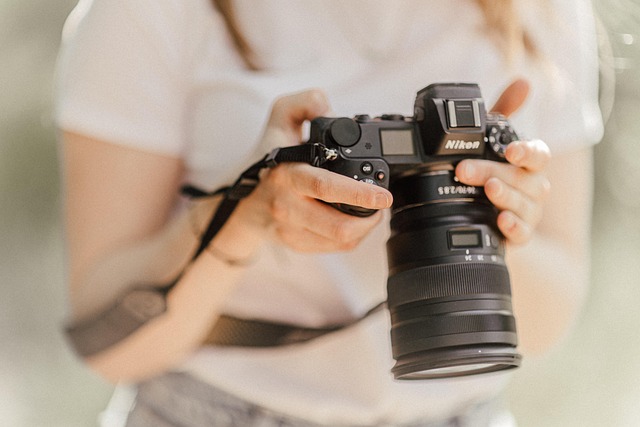Understanding the Essence of Product Photography
In the dynamic world of e-commerce, product photography plays an essential role in connecting consumers with the items they desire. It’s not just about snapping a picture; it’s about capturing the essence of your product in a way that evokes emotion and drives decisions. With the right approach, your photographs can tell a compelling story that resonates with potential buyers.
The Power of a Photo
A photograph serves as a visual pitch for your product. It is often the first point of interaction between the consumer and the item, making it crucial to create images that truly reflect what you are offering. When done right, the right photo can convey quality, functionality, and aesthetic appeal, transforming a mundane item into an object of desire.
Mastering Your Photography Skills
To elevate your product photography, understanding the fundamentals of photography is vital. Begin with your chosen camera: whether you use a DSLR, mirrorless, or even a smartphone, knowing its capabilities will enhance your shooting experience. Always keep an eye on the settings: adjusting the aperture, shutter speed, and ISO can dramatically change the outcome of your images.
Optics and Their Impact
The lenses you choose to use can also vastly influence the aesthetic of your photographs. Wide-angle lenses are great for capturing larger products, while macro lenses can highlight intricate details of smaller items. Experimenting with different optics will not only help you find your style but also allow you to present your products in the best light possible.
Lighting and Composition
One of the most crucial aspects of product photography is lighting. Natural light can create beautiful effects, but artificial lighting gives you more control over the harshness and direction of shadows. Softboxes or ring lights can help diffuse light, ensuring your product stands out without unflattering glares.
Composition is equally as important. The rule of thirds, leading lines, and framing can guide the viewer’s eye to the focal point of your photo – the product itself. Don’t shy away from experimenting with different angles and setups to find what works best for your specific item.
Post-Processing: The Final Touch
Editing your photos is an essential step that should never be overlooked. Programs like Adobe Lightroom or Photoshop can help enhance colors, sharpen details, and correct imperfections. However, remember to maintain the integrity of the product’s appearance; consumers should feel confident that what they see in images reflects what they will receive.
Engaging with Your Audience
Ultimately, product photography is about more than just technical skill – it’s also about engagement. Capture the lifestyle surrounding your product. Show it being used in real-life situations; this creates a connection with potential buyers and encourages them to envision your product in their lives.
In a world filled with choices, strong visuals in product photography can be your ticket to standing out in the crowd. With practice, patience, and a keen eye for detail, you can master the art of photography and transform your product images into captivating stories that inspire and convert.



